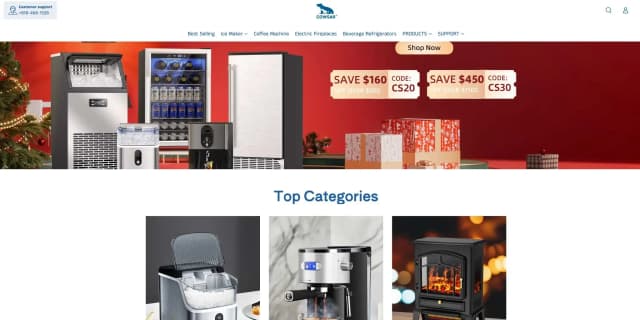How To Choose The Best Air Purifier
When it comes to choosing the right air purifier, there are several key factors to consider to ensure you get the best device for your needs.
Filtration Technology
The first and most important thing to look out for is the filtration technology used by the device. True HEPA filters are the most efficient and effective, able to remove 99.97% of airborne particles that are 0.3 micrometers or larger. However, there are also other filter types available, such as HEPA-type and similar filters, which are less efficient than true HEPA filters. It's essential to distinguish between these different types of filters when making your decision.
Source: What is a HEPA Filter and HEPA Air Cleaner? (Explained) - Home Air Guides
CADR (Clean Air Delivery Rate)
In addition to filtration technology, room coverage is also a crucial factor to consider. Make sure to choose an air purifier that is designed for a room of your size, as the device's performance may be impacted if it's not suitable for the space. Check the Clean Air Delivery Rate (CADR) to determine how quickly the air purifier can clean the air in the room. A higher CADR means the device can clean the air faster.
Smart Features
Other features to consider include smart apps, air quality sensors, auto modes, and more. While these features don't directly impact the filtration quality, they can still affect the device's efficiency and performance. For example, a smart air purifier can be set up to automatically adjust its settings based on the air quality in the room, ensuring that the air is always clean and healthy to breathe.
Why You Should Trust Us
When choosing an air purifier, you deserve guidance based on facts, not marketing hype. Our recommendations are built on verified details from official manufacturer specifications, independent lab results, and trusted air quality experts.
We focus on the factors that matter most such as: filtration performance, noise levels, room coverage, energy efficiency, ease of maintenance, and long-term value. No fluff, no bias, just the essentials to help you pick the right purifier for your lifestyle.
Our reviews are completely independent. We don’t accept sponsorships or push brands. Our only mission is to give you the knowledge to breathe easier and choose with confidence whether you’re tackling allergies, managing pet dander, or simply striving for a fresher, healthier home.
Final Thought
No matter whatever your lifestyle is, owning an air purifier can be a real game changing experience for your house. An air purifier can transform your personal space into a cleaner, healthier environment. From high-performance options like the Coway AP-1512HH and Clorox Large Room Air Purifier to budget-friendly favorites like the Levoit Core 300, there’s a purifier designed for every home and lifestyle.
Ultimately, investing in an air purifier means more than just cleaner air—it’s about reducing allergens, removing odors, creating a safer, more comfortable place for your family and more importantly turning your house into a home.
FAQs
1. Do air purifiers really work?
Yes, air purifiers can be effective in improving indoor air quality by removing pollutants like dust, pollen, smoke, and allergens. However, their effectiveness depends on factors like the type of filter used, the specific pollutants present, and the overall size of the space.
2. Is it healthy to sleep with an air purifier?
Yes, sleeping with an air purifier reduces allergens and airborne pollutants, easing allergy symptoms and boosting comfort. Cleaner air supports better rest, lowers stress, and promotes overall health.
3. Where is the best place to put an air purifier?
The device will work most efficiently if you place it in the central part of the room and at a close distance from windows, because it is through them that dirt mainly penetrates.
If you want to use the device in the bedroom, it is best to place the air purifier between the window and the bed.



















